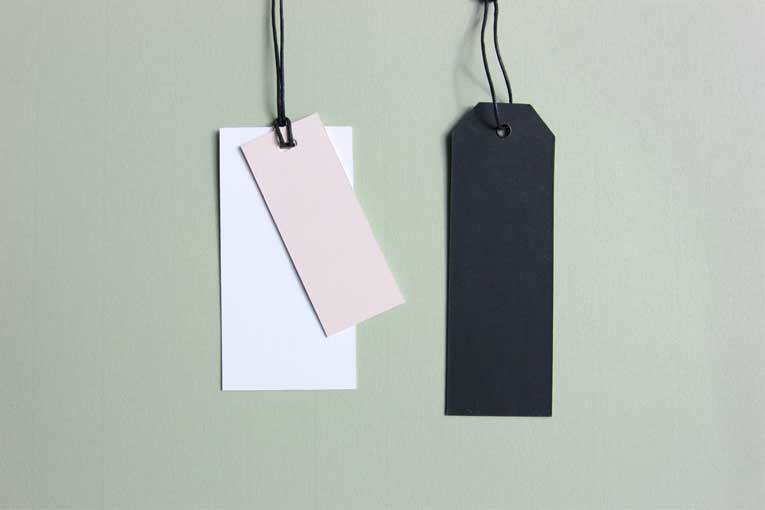How to build a website on a tight budget
27 Aug 2019

Every business needs a website.
If you want to rise above competitors and reach as many customers as possible, you need to get your business online. It’s as simple as that.
But, in the early days of running a business, it can be difficult to find the cash you need to create an all-singing, all-dancing website.
There’s a common myth that websites are expensive and, while that might be true for top-of-the-range sites, there are ways you can build one on a lesser budget.
Here’s how.
This article covers
Register a domain name on a budget
Firstly you need a domain name so that your website looks professional to anyone visiting.
It’s tempting to go with a free hosting option that is run via another website (which means your URL will read something like yourbusiness.otherbusiness.com rather than simply yourbusiness.com) but this can really limit you in the long-run.
While it might seem like an unnecessary outlay, securing your own domain name doesn’t have to be expensive.
Start by carrying out some research to find the cheapest option and be sure to check the contracts and what exactly you get for your money.
Some cheap domain registers include:
- BlueHost (prices start at £7.40-£9.90 per year)
- Namecheap (about £8.80 per year)
- GoDaddy (about £12.00 per year)
- HostGator (prices start at £10.60 per year)
- 1and1 (about £12.00 for the first year)
Find hosting on a budget
Once you’ve got your domain name registered, you’ll need to get hosting to actually run your website. This usually comes in the form of a monthly payment to a host provider who serves your website to visitors.
Again, you’ll want to carry out some research to find the best deal, as subscriptions vary from provider to provider. Remember to check contracts and find out what you get for your money, too.
Cheap hosting providers include:
- Hostinger (only £1.69 a month if you choose their two-year plan)
- HostGator (about £2.25 a month for the three-year plan)
- BlueHost (about £2.40 a month for the three-year plan)
Design your website on a budget
Now you’ve got your domain and hosting provider all sorted and set up, it’s time to move onto the fun part - designing your website.
Contrary to popular belief, you don’t need a pricey website designer to get you started. In fact, there are tons of tools and templates available today that make it easy enough for anyone (no matter how tech-phobic they are) to create an eye-catching website.
1. Use a Drag-and-Drop builder
Drag-and-drop builders make it easy for those without a keen eye for design to create a website that looks good. Instead of using fancy code, you simply drag and drop the elements you want into your site.
Sites like Wix, Weebly, Squarespace, and Wordpress.com all have an easy-to-use backend where you can build your website up one block at a time.
You can customise the colours, images, and copy to reflect your brand and design a website that you’re happy with.
2. Use templates or “themes”
Drag and drop website builders tend to come stocked with a range of free and paid-for templates (or “themes” as they’re often known). These are ready-made designs that you can upload and then populate with your business's information.
Most website builders have a slew of free options, but if you want the most amount of freedom it’s best to invest in a paid-for template. These range in price from around £15 to £160.
This eliminates the need for an expensive designer and still leaves you with a website that’s professional and presentable.
3. Use plugins
Plugins let you customise your website even further, whether you want to add a widget where people can sign up for your mailing list or social media sharing buttons.
Like templates, plugins can be free or paid-for (with the paid-for options offering a lot more freedom in design and style).
Most drag-and-drop website builders come equipped with a range of plugins, but you can also run a Google search and bring in some independent options.
If you’re using Wordpress, you might want to get started with the Jetpack plugin to view your analytics, Yoast SEO to optimise your website, and the Akismet plugin to block any spam comments coming in.
You can always add more plugins to your website as and when you need them, so you don’t need to go crazy at the start.
4. Populate your site with design elements
Not everyone has a great eye for design, and this can prove problematic for new business owners who want to create an amazing website but have very little money to spend.
Luckily, there are tools and sites you can use to pull in eye-catching design elements at a very small price.
For example, you can use Creative Market to get free illustrations, drawings, and graphics (they give away a free bundle of design elements each week), stock photos sites like Pixabay and Unsplash for free images, and tools like PicMonkey and Canva to personalise images and graphics - you can even create a free logo from a template with these tools.
Build a website on a budget
Building a website doesn’t have to cost the earth if you know where to find budget-friendly tools and elements. Start by setting up your domain and hosting and then you can move onto designing your site in a cost-effective way.
To keep things cheap, use drag-and-drop builders, integrate plugins, and use a pre-designed template to keep your site looking fresh and engaging.
When you know what tools are out there, you can start playing around with different designs and elements to make your site look exactly how you want it to without the costly price tag of hiring a high-end designer.


